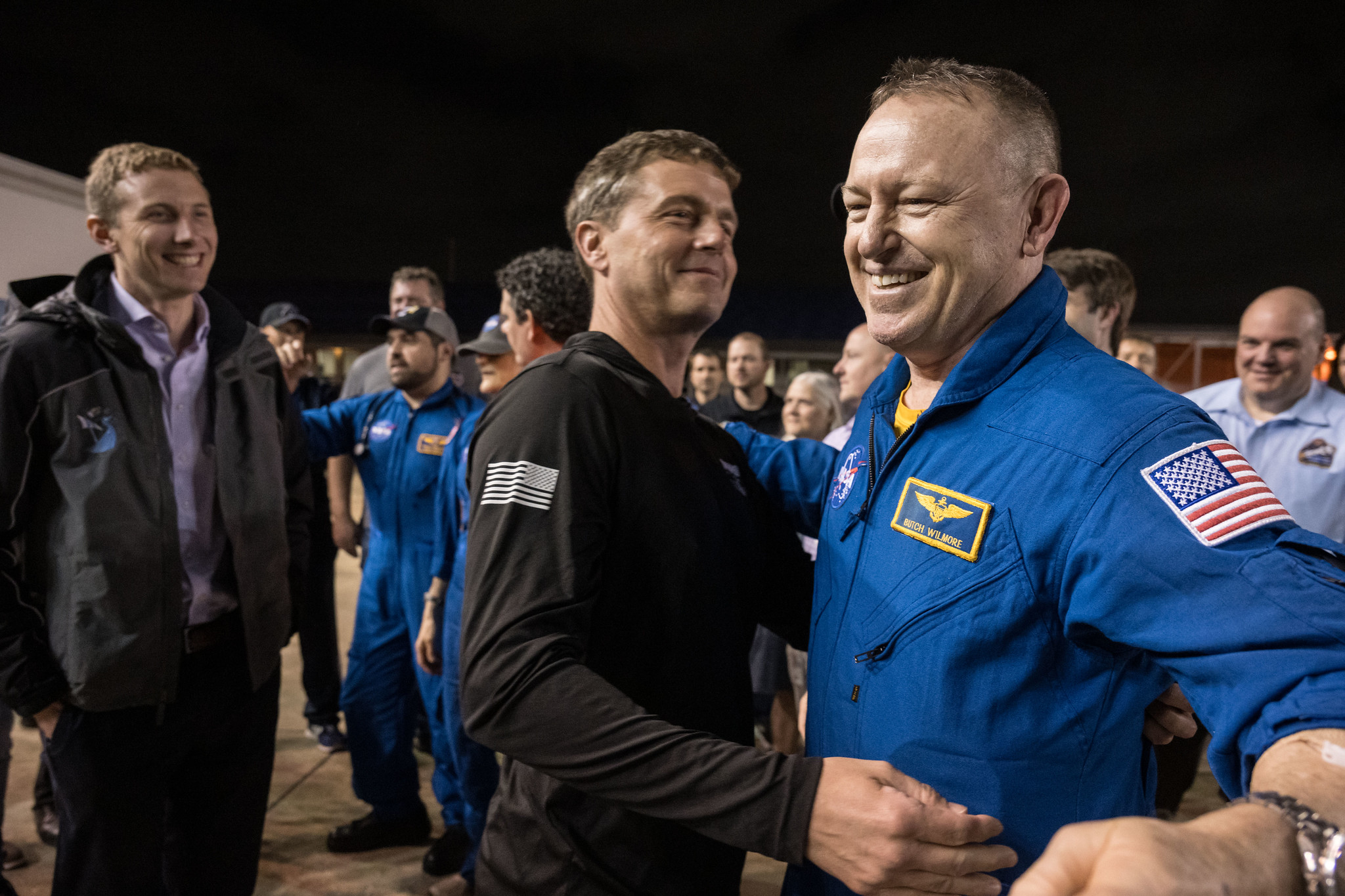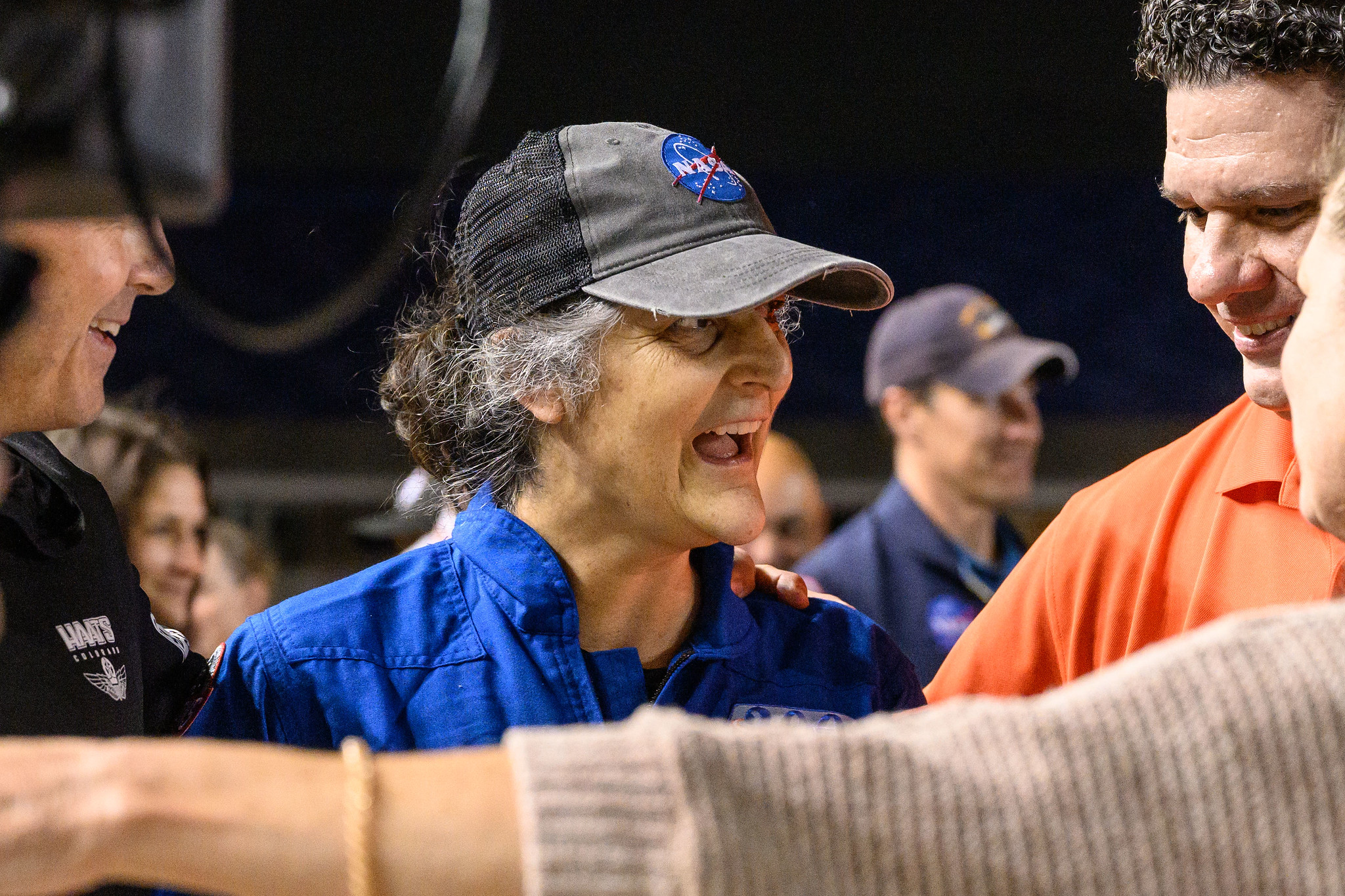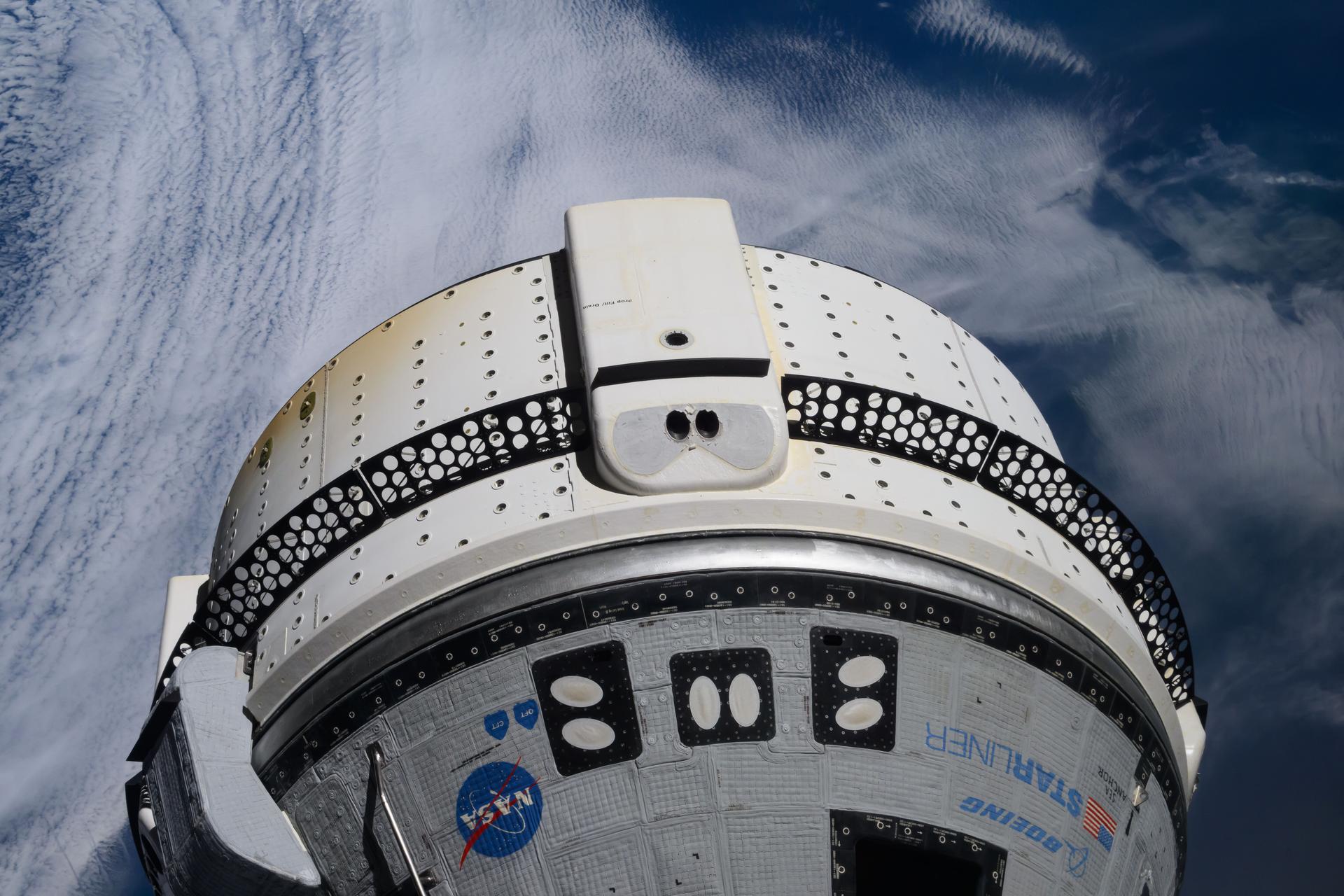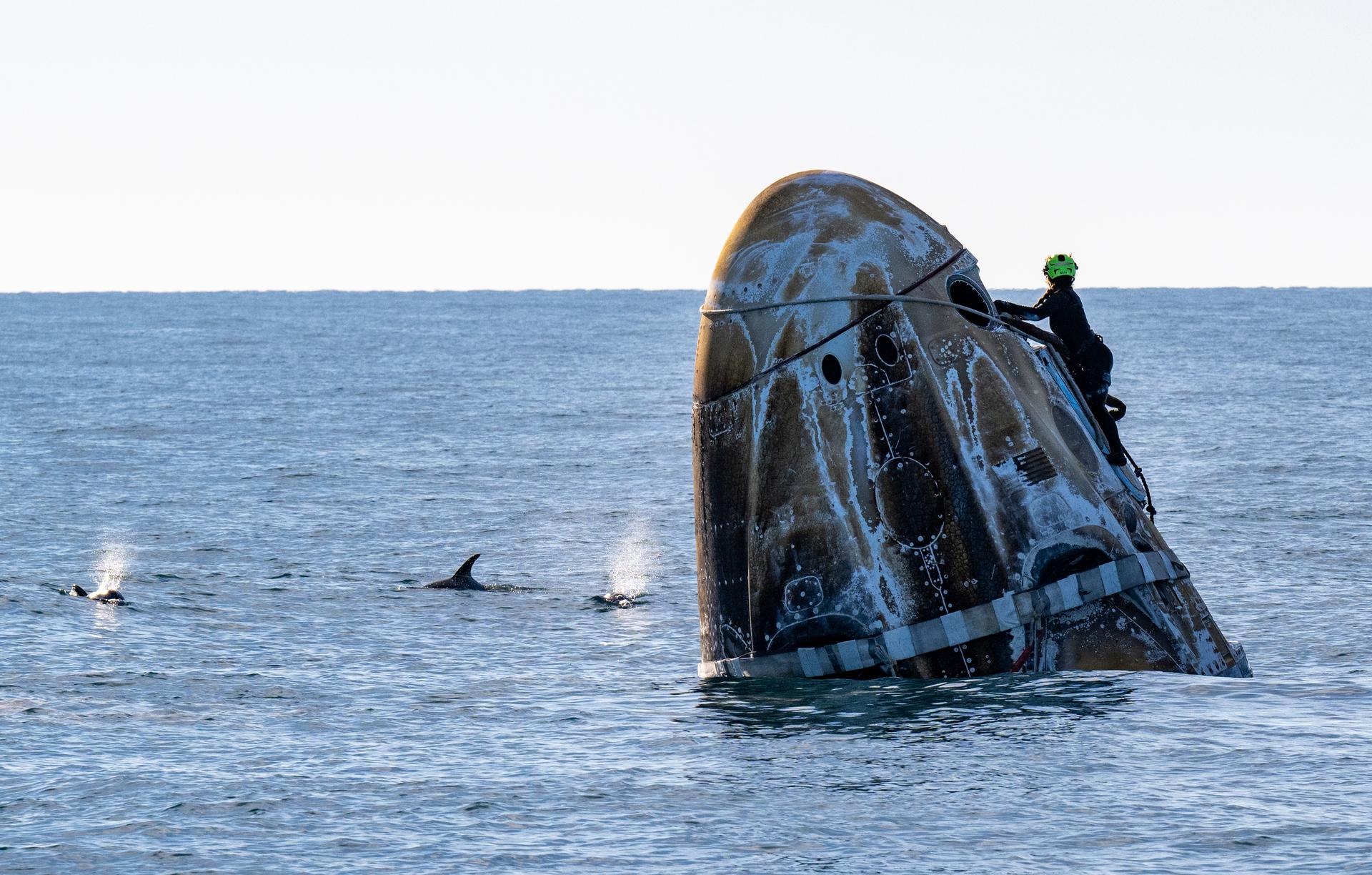As it flew up toward the International Space Station last summer, the Starliner spacecraft lost four thrusters. A NASA astronaut, Butch Wilmore, had to take manual control of the vehicle. But as Starliner's thrusters failed, Wilmore lost the ability to move the spacecraft in the direction he wanted to go.
He and his fellow astronaut, Suni Williams, knew where they wanted to go. Starliner had flown to within a stone's throw of the space station, a safe harbor, if only they could reach it. But already, the failure of so many thrusters violated the mission's flight rules. In such an instance, they were supposed to turn around and come back to Earth. Approaching the station was deemed too risky for Wilmore and Williams, aboard Starliner, as well as for the astronauts on the $100 billion space station.
But what if it was not safe to come home, either?
"I don't know that we can come back to Earth at that point," Wilmore said in an interview. "I don't know if we can. And matter of fact, I'm thinking we probably can't."
Starliner astronauts meet with the media
On Monday, for the first time since they returned to Earth on a Crew Dragon vehicle two weeks ago, Wilmore and Williams participated in a news conference at Johnson Space Center in Houston. Afterward, they spent hours conducting short, 10-minute interviews with reporters from around the world, describing their mission. I spoke with both of them.
Many of the questions concerned the politically messy end of the mission, in which the Trump White House claimed it had rescued the astronauts after they were stranded by the Biden administration. This was not true, but it is also not a question that active astronauts are going to answer. They have too much respect for the agency and the White House that appoints its leadership. They are trained not to speak out of school. As Wilmore said repeatedly on Monday, "I can't speak to any of that. Nor would I."





 Loading comments...
Loading comments...
